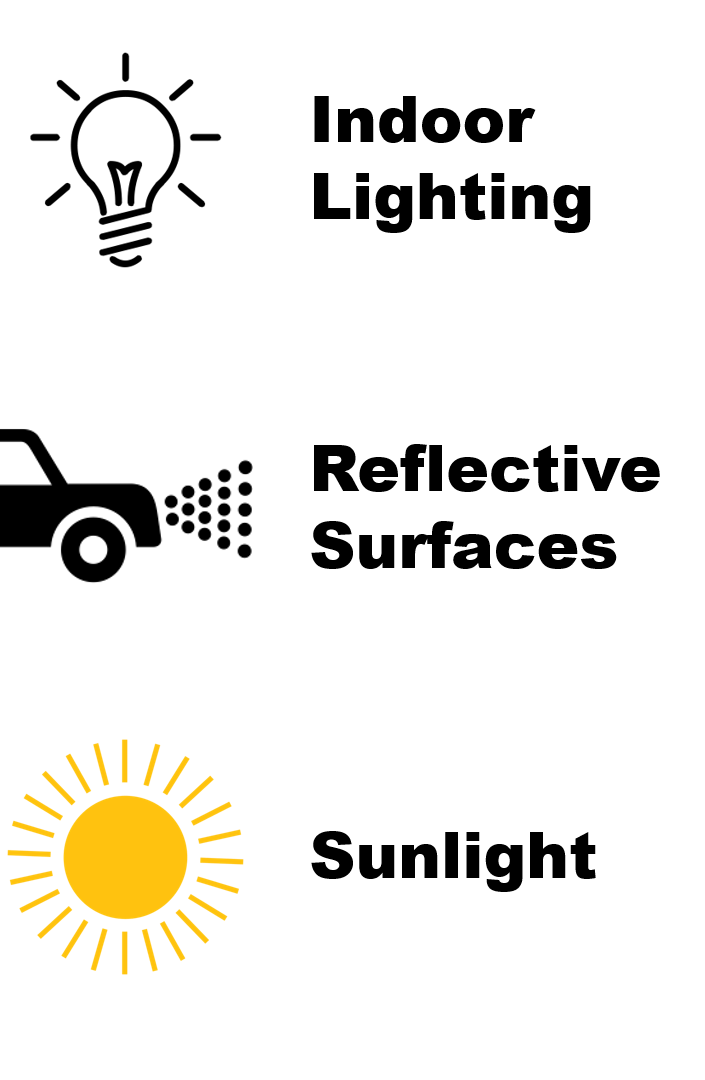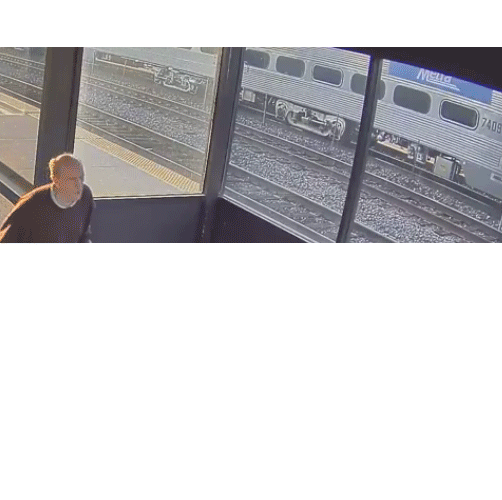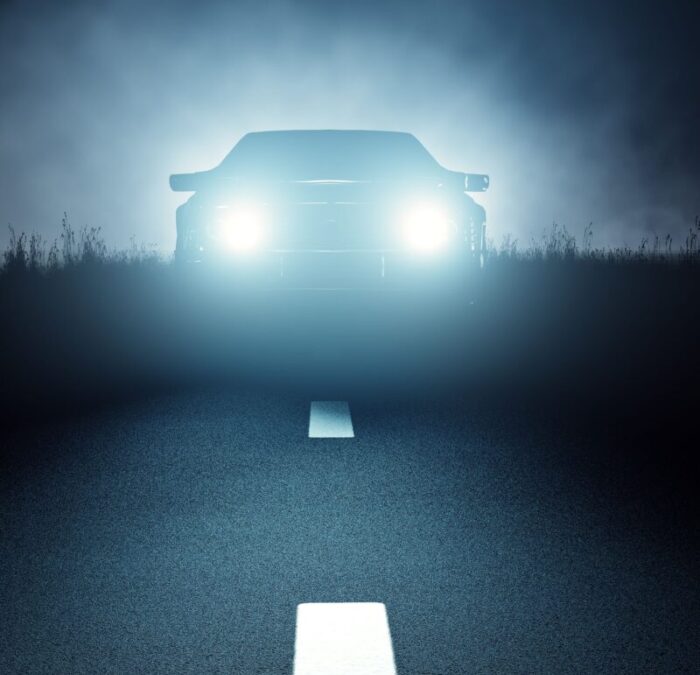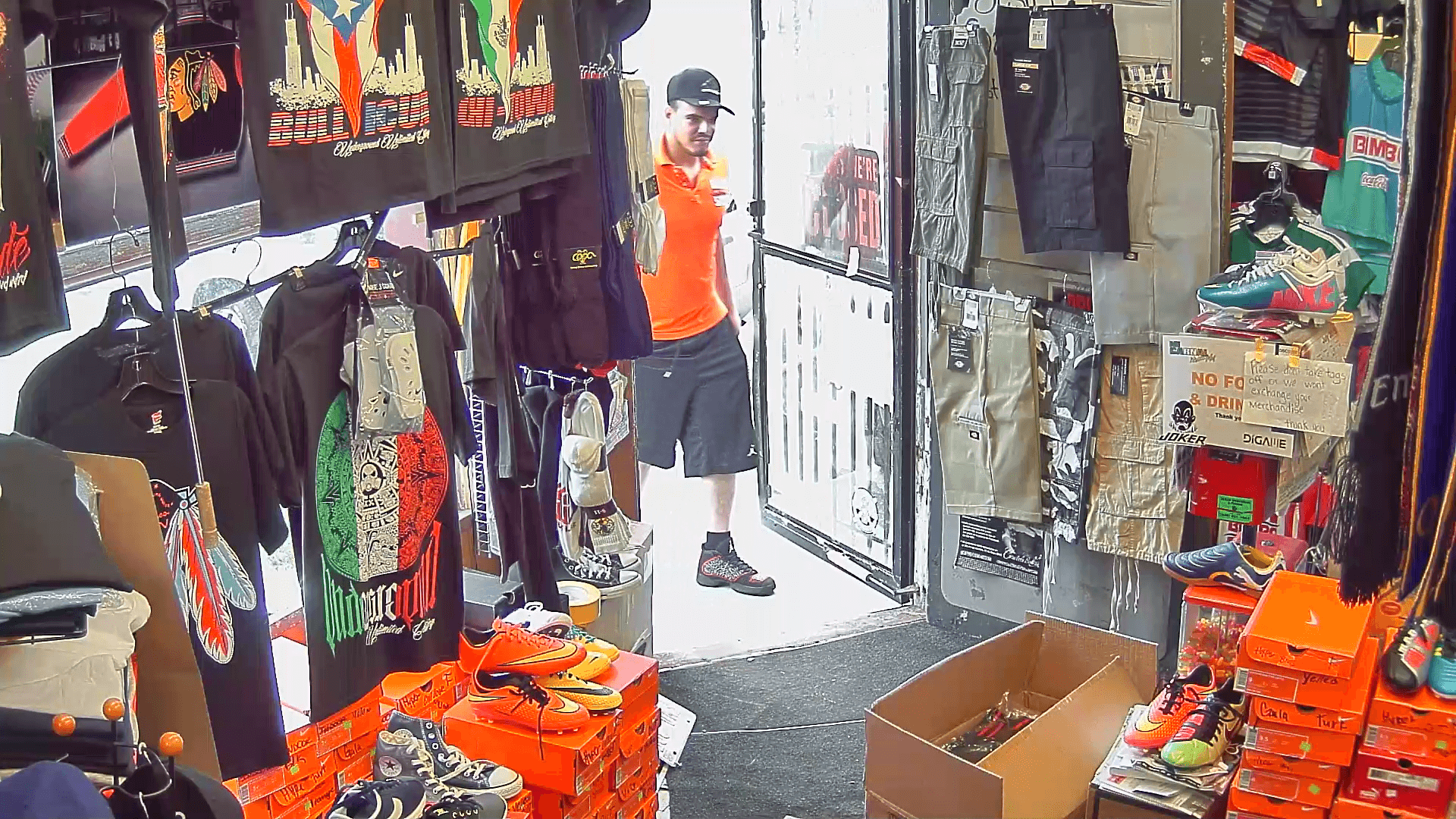Standard Camera Obstacles
Certain lighting can make it a challenge for cameras to capture clear images if the light is cast in the wrong direction. A common issue with surveillance camera situations is disruption from reflective surfaces. Wide Dynamic Range (or WDR) Cameras are able to mitigate issues of reflection caused by commonly found objects such as vehicles or bodies of water. Many surveillance cameras can also have issues with windows or glass doors when the camera is installed inside your facility. Standard cameras have a hard time generating an image during the day. Windows and doors appear as concentrated areas of light to standard cameras. Wide Dynamic Range Cameras will be able to interpret the image properly and eliminate the glare during the daytime.
Another obstacle for regular camera imaging is fluorescent lighting. Indoor lighting can cause glares that can be difficult to fix for standard cameras. Car headlights can also cause such issues for standard cameras as they can create a bright light in the image that makes it hard to decipher any other detail. WDR cameras will work well with any of these difficulties and will mitigate various lightning issues.
Many common issues exist with standard cameras generating wide dynamic range images. Places with strong background lighting such as office foyers and lobbies are common examples. In these cases, the light source can be an obstruction due to the presence of large windows or doors. Another typical scenario is when a camera is located at the entrance of a garage. In this case, the camera is located in a fairly well-lit area while focused on darker portions of the garage. This contrast can cause a huge loss of detail between lighter and darker areas of the image. Water features found in malls can also cause light reflections that greatly interfere with the generation of clear images.

The Solution
Cameras with Wide Dynamic Range capability are able to handle specific issues that standard cameras have had for ages. WDR cameras can handle scenes with varying and harsh lighting situations. These cameras are able to generate images with a perfect exposure in the darkest and lightest areas of the generated image. For this reason, WDR cameras can generate far more detail than standard cameras in the same circumstances. Wide Dynamic Range Cameras can also produce more naturally colored images. These images have an accurate balance of color and a reduction in image noise. The reduction in image noise also allows the captured image to be smaller in size, reducing costs and making WDR cameras more effective.
WDR cameras are ideal for use in offices, retail locations, and banks because of strong light sources from large glass windows or doors. They are also optimal for utilization in areas for vehicle storage such as airports or city parking garages. WDR cameras are also great for ATMs since it is highly important for cameras in these locations to have a clear view of when any transaction is taking place. WDR cameras placed on highways can allow passing cars’ headlights to not interfere with surveillance. This technology can also be utilized in various educational institutions to ensure accurate monitoring of people, vehicles, and aid in facial recognition. This type of surveillance is integral to the safety of students in institutions such as schools.
WDR cameras not only provide a great solution to everyday issues but are a cost-effective way to meet the demands of all indoor and outdoor applications. It is integral that surveillance cameras generate images with great detail and accuracy.

Overview of Wide Dynamic Range (WDR)
Wide Dynamic Range technology is utilized to balance out captured images that have a large range. The luminance of a captured object within an image is dependent on the intensity of illumination and reflection from the object. The lux unit is utilized as a unit of measurement for illumination in these cases. There can be major differences in illumination depending on the situation. Dynamic range is also known as the light sensitivity range and is defined by the ratio of the luminosity of the brightest color captured to the luminosity of the darkest color captured. A wide dynamic range camera will capture details depending on how wide this range can be.
There are at least two stages in the development of a Wide Dynamic Range Image. These two stages are defined as Range Imaging and Tone Mapping. WDR Range Imaging utilizes multiple exposures in one scene and gathers enough data for a single image. Per-Pixel Exposure can also be used to generate the same result by utilizing different sensitivity levels on the sensor. Tone Mapping is utilized to reproduce the full range of light images on devices such as LCD monitors. These devices have a limited dynamic range that cannot normally reproduce light intensities captured by cameras. Tone mapping also allows these devices to retain color, contrast, and the dynamic range as a whole. Utilizing both stages of development results in a clear, Wide Dynamic Range Image.
Ultra-Wide Dynamic Range-capable cameras have a minimum 120dB rating and are able to capture extensive amounts of detail otherwise not possible with regular WDR cameras. This technology allows cameras to capture lifelike images efficiently.
Below is an example of an effective camera with WDR in high contrast lighting at the front door of a retail location.
WDR Vs. HDR
While WDR is generally a hardware side process, HDR or High Dynamic Range (which has become popular in smartphone cameras) is done while rendering the image with software where the intent is to retain the key original attributes of the image integrity, before compression (H.264/H.265). WDR technology is only one element of a high-quality surveillance system design. It should be combined with the appropriate lens (focal length), sensor resolution, and frames-per-second to deliver overall quality results. Modern surveillance cameras that combine both hardware and software dynamic range technologies deliver forensic level video surveillance footage, even in challenging lighting conditions.
To ensure you have the best surveillance technology for your application, make sure to read the specifications of the products being installed in your facility and consult your security system integration technician.


